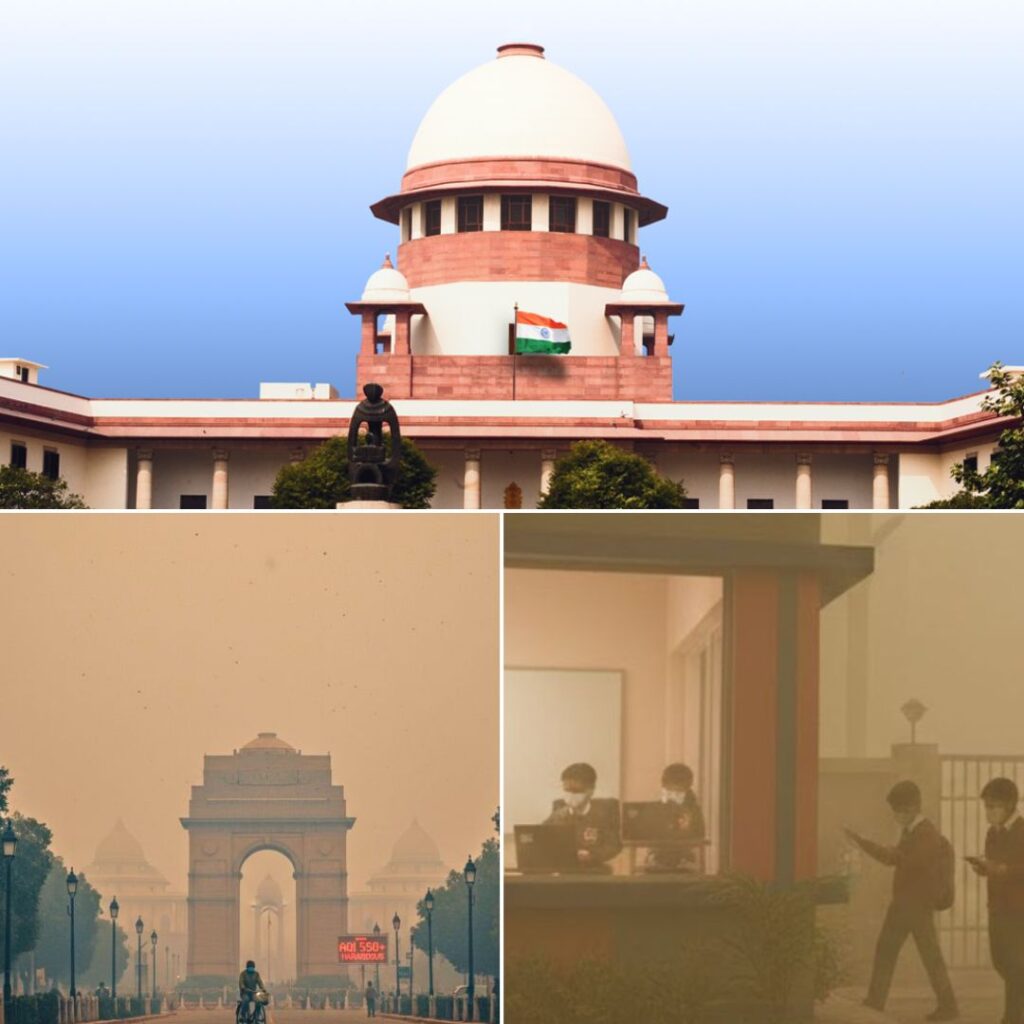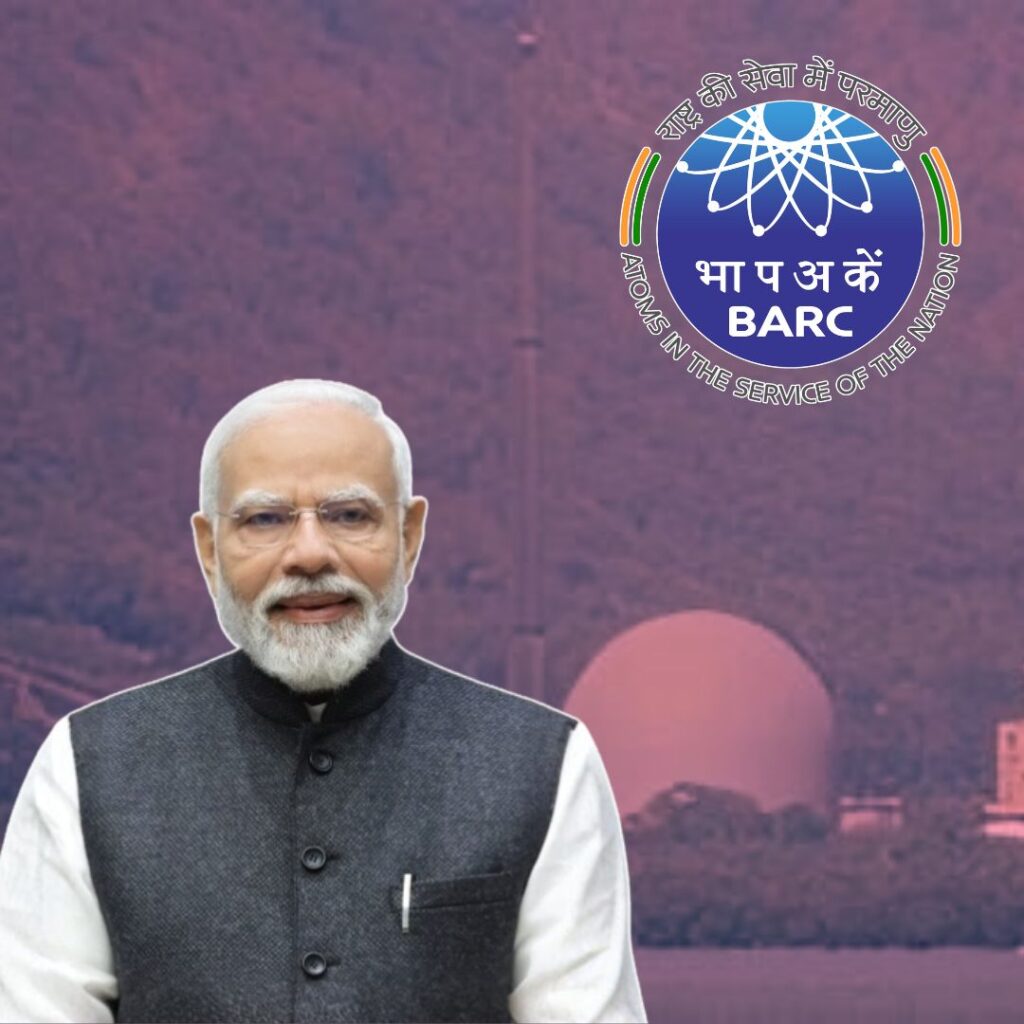Sambit Patra, BJP national spokesperson on July 13 shared two pictures on Twitter comparing sign boards on Dehradun railway station. One of the photos apparently show the name of Dehradun written in Sanskrit – ‘Dehradunam’ – along with Hindi and English, replacing Urdu. The name written in Hindi, English and Urdu in first photo was replaced with Hindi, English and Sanskrit.The tweet hinted that the purported change is latest.
Patra’s tweet was shared over 18,500 times and had garnered over 100,000 likes.
Following Patra’s tweet, the other Twitter users who reacted to this piece of information seemed to believe that the railway signage was changed recently.
Urdu is the official language of Pakistan.Good move of BJP Govt to replace Urdu signboard at Dehradun Station with Sanskrit signboard. Only regret is it took so many years to remove it.
— Upasana Singh (@UpasanaSingh95) July 13, 2020
Sir thank you for Sanskrit language at Dehradun Railway Station from the heart
— ANI Hindi news (@Om71900967) July 13, 2020
Now it has become a smart city. The Sanskrit speaking population of Dehradun will finally be able to know when they have arrived at their station.
— Lebrown James (@Naa_Cheese) July 13, 2020
DEHRADUN: The railway authorities have decided to replace Urduanguage on signboards at state platforms with Sanskrit. The signboards which have names of railway stations written in Hindi, English and Urdu will now be written in Hindi, English and Sanskrit
— Captain योगी (@RealMMonkey) July 13, 2020
Urdu replaced by Sanskrit at Dehradun Railway Station.The Hon PM Modiji knows how to promote our culture & our civilization.Pre Modi Era Modi Era pic.twitter.com/FOSnzpD1Qz
— Baba Einsteindev (@BabaEinsteindev) July 13, 2020
Feeling proud at this. This initiative taken by Dehradun Railway Ministry is praiseworthy. देहरादूनम् । #Sanskrit #VoiceforSanskrit #Bharat . pic.twitter.com/HNV6sxdLLv
— Anushikha Ghosal (@anushikhaghosal) July 13, 2020
Good move of BJP Govt to replace Urdu signboard at Dehradun Station with Sanskrit signboard.#Sanskrit
— Astha Pandey (@Aastha2712) July 13, 2020
More such tweets can be accessed here.
Claim:
Sanskrit replaced Urdu on Dehradun Railway station signboard.
Fact Check:
The claim is misleading.
A reverse image search with Yandex led to a news reports regarding it, from this year.
According to a Hindustan Times report, which was published in February 2020, the Railways ministry had decided to put the name of the stations in Uttarakhand in Sanskrit to promote the use of Sanskrit in the state.
The signboards earlier had the names of railway stations written in Hindi, English and Urdu but were changed to the corresponding Hindi, English and Sanskrit versions.
Dehradun railway station was named Dehradunam and Rishikesh was renamed as Rishikeshah.
Why The Sudden Name Change?
Reportedly, back in January, a local BJP leader had written to the railway officials asking about the absence of Sanskrit signage.
Under railway manual, it was mandatory to have names of places on such boards in the second official language, which is Sanskirt inn Uttarakhand.
Following this, the name of Dehradun railway station was written in Sanskrit as Dehradunam, along with Hindi and English, when the station re-opened for public after three months.
Railway On Changing Names
A controversy soon started as the names were not spelled right leading to original board being restored. As per the HT report, Rekha Sharma, senior divisional commercial manager Moradabad railway division under which Dehradun station falls, said that the name was written by the construction agency which was renovating the station. They had put up a board with the name written in Sanskrit. The board was removed as soon as the matter came to light.
‘First of all, the state government has to provide us with how the names of the railway stations are to be written in Sanskrit. Only then we would be writing to the railway headquarter to clarify on that fact of adding a fourth language on station signboards,’ Sharma was quoted as saying back then.
She, however, had agreed that the name of a new railway station in Rishikesh (Yog Nagari Rishikeshah) had been written in Sanskrit along with Hindi and English.
Sanskrit As Second Language For Uttarakhand
A decade ago in 2010, former CM of Uttarakhand, Ramesh Pokhriyal had given Sanskrit the status of the second official language of the state.
Sanskrit scholars opined that Uttarakhand is Dev Bhoomi (sacred land) and as such, it is natural to have Sanskrit as its official language.
‘People have been speaking in Sanskrit since ages in this land, from saints to common people, everyone spoke in Sanskrit earlier. Over the years, the speakers of the language have reduced, but that does not reduce the importance of the language in the state. Slowly with efforts like introducing Sanskrit in schools and adopting villages where the language can be spoken for day-to-day conversation, we will be able to revive the Sanskrit language again’,…











